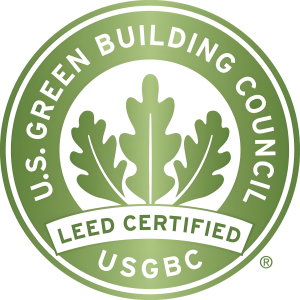World leaders convene in New York City this week for the 78th session of the United Nations General Assembly. This year serves as the halfway point to the Sustainable Development Goals (SDGs) target year of 2030, and it is anticipated that ushering in a new phase of accelerated and transformative action will be the focus.
As a U.N. framework, the SDGs were set at the nation-state level. While global in their ambition, achievement of the 17 goals will depend on local action and leadership. All of the SDGs have targets that are directly or indirectly related to the daily work of local and regional governments and local stakeholders.
To support local leaders and advance implementation of the SDGs, we have updated our USGBC report, “Tracking Progress on Global Goals,” to reflect newly adopted improvements to the LEED for Cities and Communities rating system. With updates released this summer, the rating system advances critical content areas, including biodiversity, heat mitigation, public health, economic development, location efficiency, pedestrian and bicycle safety, mobility policies, responsible procurement, net zero, carbon neutrality and more.
This alignment report is an ongoing effort to crosswalk or translate the SDGs to the categories, credits and prerequisites within the LEED for Cities and Communities rating system. In doing so, we intend to help local leaders see how their investment in action on the frontlines contribute to progress and move the needle on outcomes at an even larger scale.



